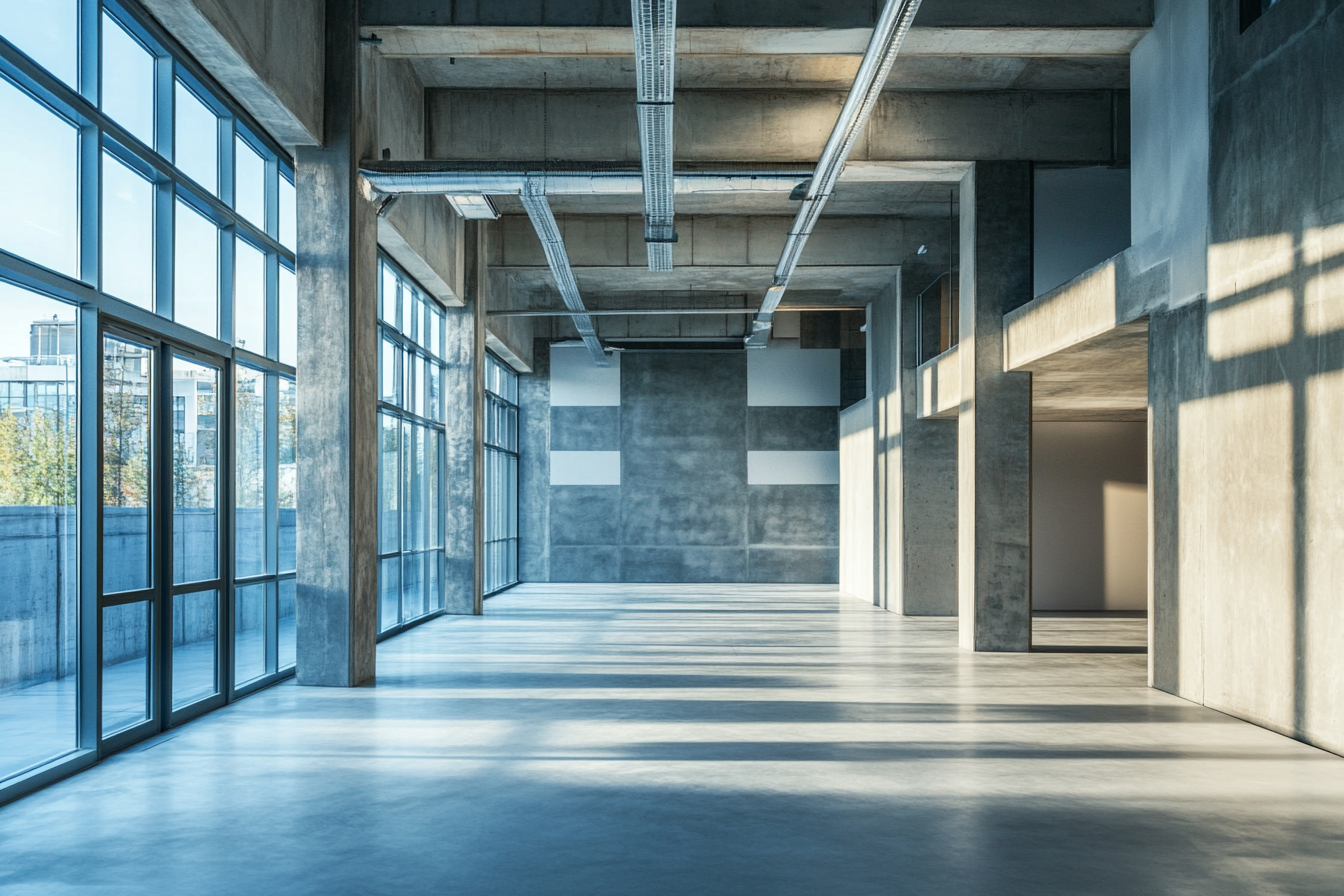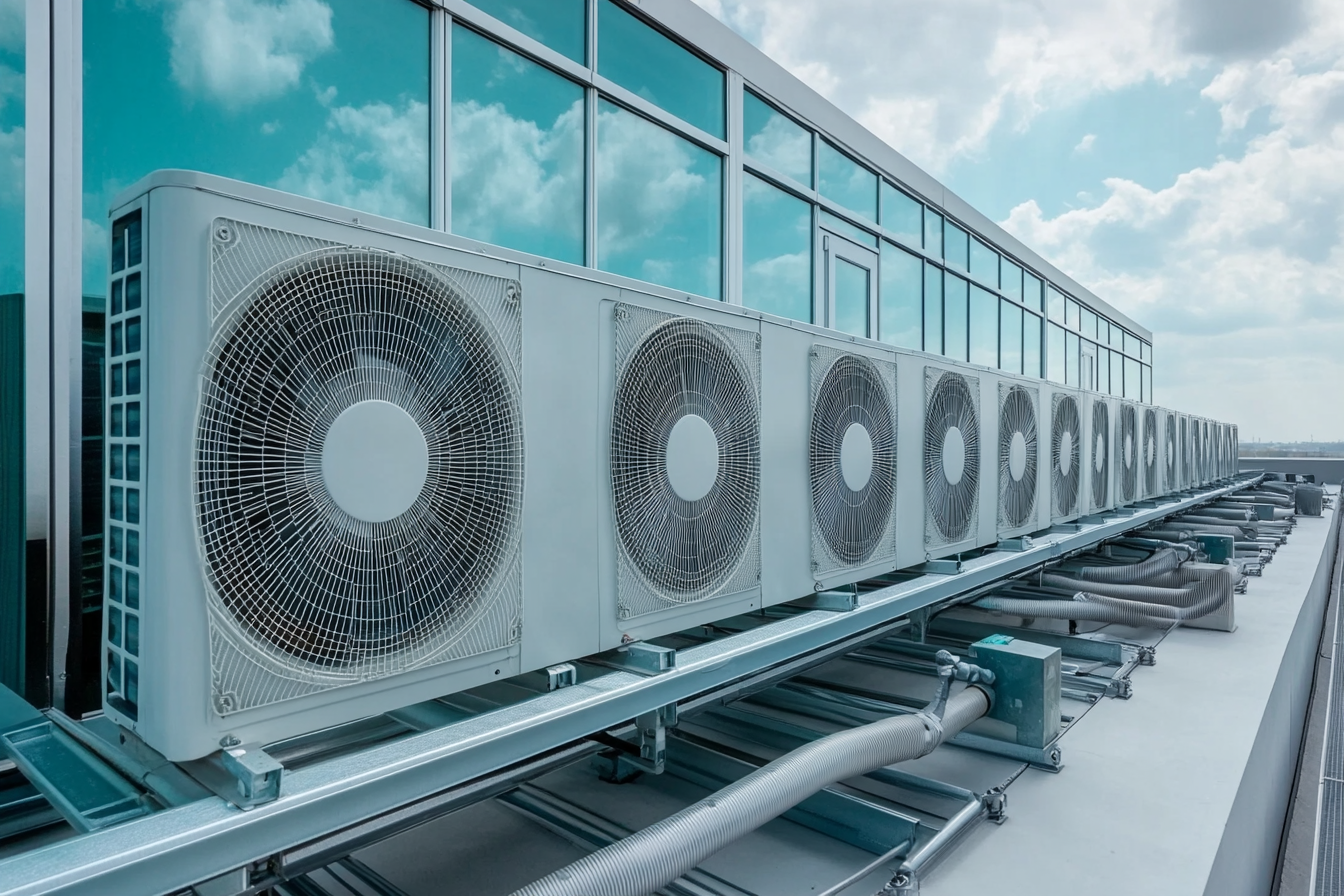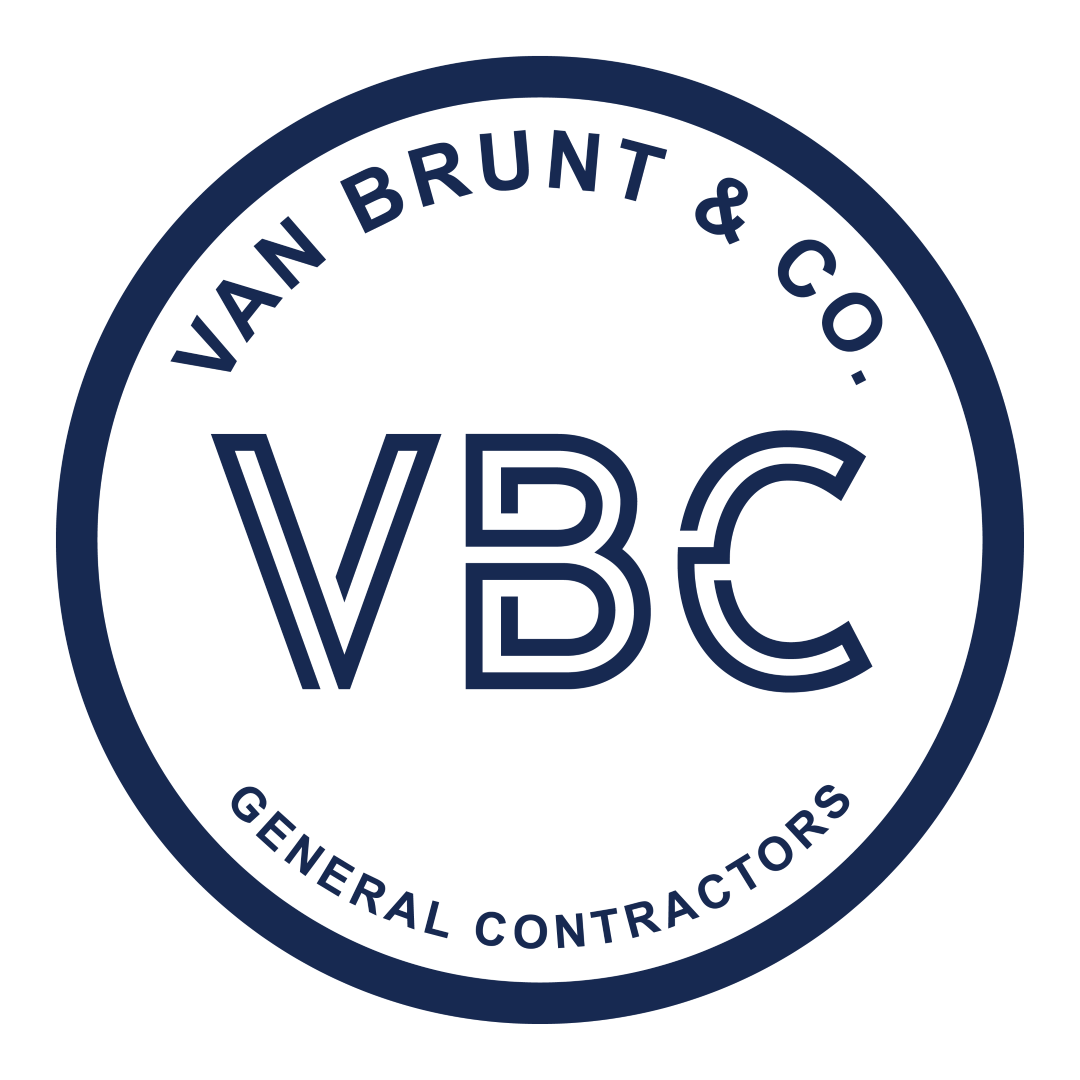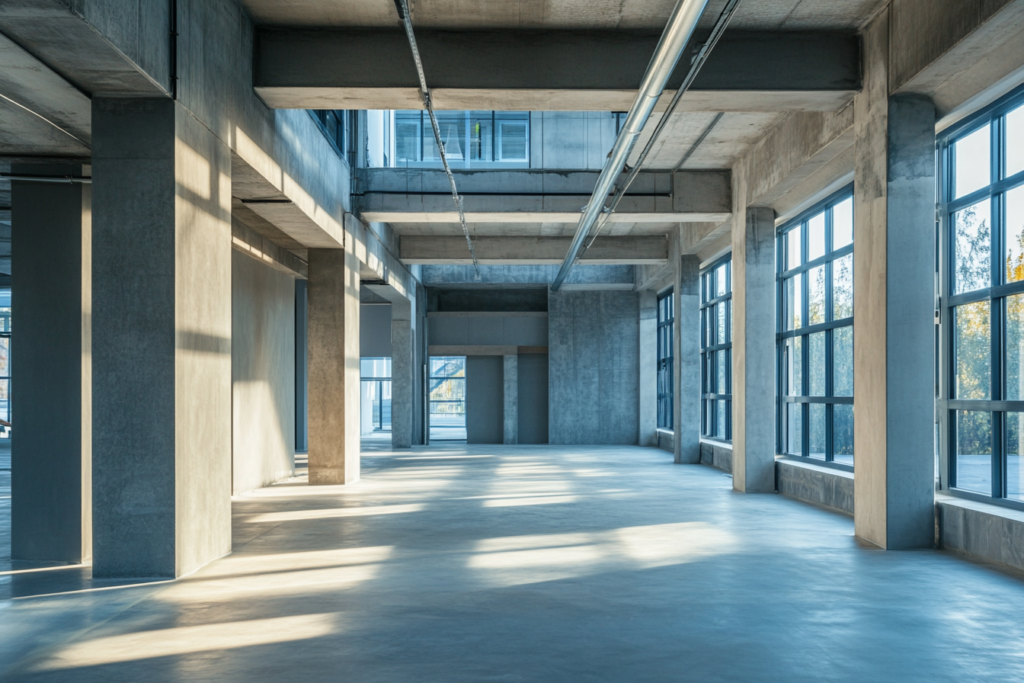Upgrading HVAC systems through commercial retrofits offers a range of compelling benefits, from cutting down operational expenses to boosting energy efficiency and system performance. But these improvements demand more than just funding; they require a clear understanding of the end-to-end process.
In this post, we’ll break down the key elements you need to know to make your retrofit project a success. You’ll learn what a commercial HVAC retrofit entails, the core advantages it can deliver, and what crucial factors to consider before getting started. We’ll also share practical advice for effectively managing the project from kickoff to completion.
Whether you’re an HVAC contractor or a facility manager aiming to optimize building operations, this guide will equip you with the knowledge to move forward with clarity and confidence.

Essential Insights on Commercial Retrofitting
Commercial retrofitting involves upgrading existing commercial properties or systems to boost their performance, safety, and efficiency. By retrofitting, businesses can unlock multiple advantages, reduced energy consumption, lower operational costs, improved occupant safety, and a more comfortable environment. Retrofit options span a wide range, from lighting and HVAC system enhancements to building envelope reinforcements and renewable energy integrations. Making the decision to retrofit isn’t just smart for your bottom line, it’s a strategic move toward sustainability and long-term value.
Overview of Different Retrofit Options
Commercial retrofits play a vital role in today’s building upgrades and renovation strategies. These upgrades primarily target existing systems within a structure, aiming to enhance both functionality and energy performance. The scope of commercial retrofitting has grown rapidly, providing building owners with a wide range of effective solutions.
Among the most frequently implemented retrofits are swapping out old lighting systems for energy-saving LED alternatives, upgrading HVAC units to more intelligent and efficient versions, and installing high-performance windows and doors to curb heat loss. Additional retrofit strategies might include reconfiguring interior layouts or adding thermal insulation to walls and ceilings. No matter the retrofit approach, the primary objectives remain clear: cut energy consumption, lower operating costs, and create a more comfortable, sustainable environment for building occupants.

Maximizing Energy Efficiency and Cutting Costs with Commercial Retrofits
As eco-consciousness becomes a growing priority for consumers and the market at large, the push for energy-efficient commercial buildings continues to gain momentum. One practical approach to achieving this is through commercial retrofits, an affordable and impactful way to boost a property’s energy performance. These upgrades may involve replacing old systems, integrating smart technology, enhancing insulation, and more.
The standout advantage of these upgrades lies in their ability to deliver substantial long-term savings. By adopting modern, efficient technologies and fine-tuning energy consumption, building owners can significantly cut down operational expenses while also lowering their environmental impact.
Beyond the financial and environmental benefits, retrofitting can elevate a property’s image, making it more appealing to prospective tenants and clientele. In essence, investing in commercial retrofits not only supports sustainability but also strengthens property value. For owners and facility managers, this is a strategic move toward boosting profitability while supporting green initiatives.
How to Choose the Best Retrofit Strategy for Your Business
With sustainability becoming a top priority, many businesses are turning to commercial retrofits to cut down on energy use and shrink their carbon footprint. But navigating retrofit options can be complex and intimidating. To make the right choice, assess key factors like the building’s age and structure, your specific energy efficiency goals, and available budget.
Start by performing a thorough energy audit, it pinpoints where improvements are most needed and highlights the most cost-effective solutions. It’s also wise to consult professionals and conduct detailed research to ensure the chosen retrofit aligns with your operational goals. With strategic planning and expert insight, the right retrofit can deliver measurable energy savings and a meaningful environmental impact.

How to Evaluate the Financial Viability of a Commercial Retrofit
Before launching a commercial retrofit project, it’s essential to gauge its financial viability. A strategic review of key indicators can guide your decision, this includes analyzing upfront investment, forecasting energy cost reductions, and exploring available incentives or financing solutions.
By methodically reviewing these financial elements, businesses can decide if the retrofit aligns with their investment goals and take action to maximize ROI. Done right, a commercial retrofit can yield major cost efficiencies, shrink environmental impact, and boost overall operational sustainability. Through detailed planning and a clear understanding of the financial framework, companies can capitalize on these advantages while mitigating risk and securing retrofit success.
Why You Should Bring in Experts for Your Commercial Retrofit Project
Taking on a commercial retrofit might seem overwhelming, but it doesn’t have to be when professionals are involved. Hiring seasoned experts can be a game-changer. Their skills and industry know-how ensure the project moves forward efficiently and stays on schedule. With deep familiarity in modern technologies and advanced materials, they’ll help transform your property into a more sustainable, energy-smart building that cuts long-term operational costs.
Partnering with professionals gives you confidence that every aspect of the retrofit, from compliance to budgeting, is handled correctly. They’ll also streamline the process, helping you avoid unnecessary delays or disruptions to your business. Beyond the construction itself, the long-term advantages of professional involvement will continue to benefit your operations well into the future.
Conclusion
Commercial retrofits represent a forward-thinking investment that bridges cost-efficiency, sustainability, and modern operational standards. By upgrading outdated systems, especially HVAC, lighting, and insulation, businesses not only cut utility costs but also improve comfort and building performance. More than just a technical improvement, a successful retrofit signals a commitment to environmental responsibility and operational excellence.
Whether you’re aiming to enhance energy efficiency, boost tenant satisfaction, or align with green initiatives, retrofitting offers a strategic path to long-term value. However, every building is unique, and success lies in carefully planning your approach, understanding the financials, and involving qualified professionals. With the right strategy in place, commercial retrofits can deliver lasting performance improvements that benefit both your bottom line and the planet.
FAQs
What is a commercial retrofit, and how is it different from a renovation?
A commercial retrofit focuses on upgrading existing building systems, such as HVAC, lighting, insulation, and controls, to improve performance and energy efficiency. In contrast, a renovation typically addresses aesthetic or structural changes, such as redesigning layouts or modernizing finishes.
Why should I consider a commercial HVAC retrofit?
An HVAC retrofit can significantly reduce energy bills, enhance indoor air quality, and increase occupant comfort. It’s a cost-effective way to extend the lifespan of existing systems while bringing them up to modern efficiency standards.
How do I know which retrofit strategy is right for my building?
Begin with a professional energy audit to identify inefficiencies and prioritize upgrades. Consider your budget, building age, usage patterns, and long-term operational goals. Consulting industry experts can help tailor the right solution.
Are there financial incentives for commercial retrofit projects?
Yes. Many local and federal programs offer tax credits, rebates, and low-interest financing options for energy-efficient upgrades. These incentives can significantly offset upfront costs and improve ROI.
Do I need to halt operations during a commercial retrofit?
Not necessarily. Many retrofit projects can be staged or scheduled during off-peak hours to minimize disruptions. Working with experienced contractors ensures a smooth implementation with minimal business downtime.

